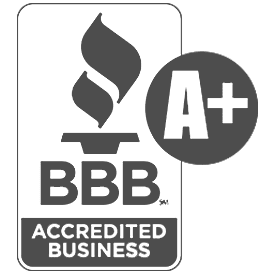Understanding the Rate Lock and Protecting Your Interest Rate
Securing a favorable interest rate is a top priority for borrowers seeking a mortgage. One crucial aspect of the mortgage process is the rate lock, which allows borrowers to protect their interest rate from fluctuations. In this article, we will explain the rate lock process, its significance, and provide valuable insights on how borrowers can navigate this process to safeguard their interest rates.
-
What is a Rate Lock?
A rate lock is an agreement between a borrower and a lender that ensures a specific interest rate will be honored for a predetermined period. It protects borrowers from potential rate increases during the application and approval process. Essentially, a rate lock provides stability and peace of mind, allowing borrowers to plan their finances accordingly.
-
The Timing of a Rate Lock
Timing is critical when it comes to rate locks. Interest rates can change frequently due to various factors, including market conditions and economic indicators. It's essential for borrowers to understand the optimal timing for locking in their rate to secure the most advantageous terms. Working closely with a trusted loan officer can help borrowers navigate this decision effectively.
-
Rate Lock Periods
Rate lock periods typically vary from 15 to 60 days, although longer lock periods may be available. It is crucial for borrowers to consider the timeline for their mortgage process, including the expected closing date, when choosing a rate lock period. Longer lock periods offer more extended protection against rate fluctuations but may come with additional costs or restrictions.
-
Rate Lock Fees and Terms
Lenders may charge a fee to lock in an interest rate. It's crucial for borrowers to understand these fees upfront and factor them into their overall mortgage costs. Additionally, borrowers should carefully review the terms and conditions associated with the rate lock, including any provisions for extending or modifying the lock if necessary.
-
Responsibilities of Borrowers during the Rate Lock Period
During the rate lock period, borrowers have certain responsibilities to ensure the rate lock remains in effect. This includes promptly providing all required documentation, responding to lender inquiries, and adhering to any conditions set forth in the rate lock agreement. Failure to meet these responsibilities may jeopardize the rate lock and potentially result in a higher interest rate.
Summary
Securing a rate lock is a crucial step in protecting your interest rate and ensuring financial stability during the mortgage process. By understanding the rate lock process, borrowers can make informed decisions, effectively time their rate lock, and safeguard against potential rate increases. Remember to work closely with our loan officers who can guide you through the process and help you navigate the complexities of rate locks.At Homelend Mortgage, we prioritize transparency and empower our borrowers with the knowledge and support they need throughout the mortgage process. Trust us to guide you in securing the best possible interest rate and providing a seamless borrowing experience. With a rate lock in place, you can move forward with confidence, knowing that your interest rate is protected.
This information is for informational purposes only and is intended to provide general guidance and does not constitute legal, tax, or financial advice. Each person’s circumstances are different and may not apply to the specific information provided. You should seek the advice of a financial professional, tax consultant, and/or legal counsel to discuss your specific needs before making any financial or other commitments regarding the matters related to your condition are made.




